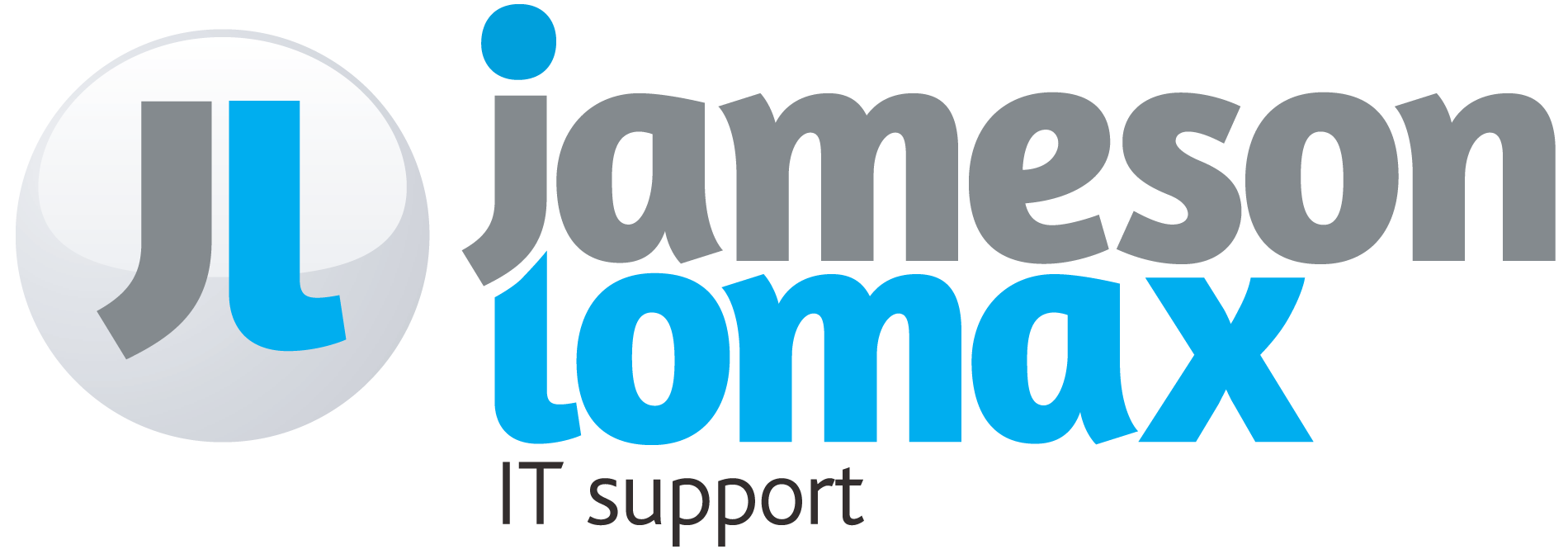
25 Aug Coordinate your Team with intelligent task management – The Hidden Gems of Microsoft 365
A surprising number of Microsoft 365 users never stray far from the familiar ground of the ‘core products’; in other words, the ‘legacy’ apps like word and excel and there more prominent platforms such as Teams. This is a real shame as with over 30 additional apps and services in the Microsoft landscape there is a tool for so many of the challenge’s businesses struggle with and many go overlooked.
Task management and workflow coordination is a persistent challenge for many businesses. Microsoft recognises this and has embedded workflow management tools in many 365 applications and created 3 dedicated apps specifically designed to tackle the challenges of task management – To-Do, Planner and Project.
The eagerly anticipated ‘Lists’ app will also bring long-awaited workflow and data management capabilities to the Teams interface. A long-awaited evolution of the popular ‘lists’ features currently residing within SharePoint.
Let’s take a closer look at Planner and Lists, 2 separate application that when used together could drastically simplify task planning, scheduling, inventory management and much more.
Microsoft Lists
Microsoft Lists is an upcoming application expected to launch imminently, that promises to breathe new life into the SharePoint lists experience by hosting it in a dedicated app and introducing a range of new features.
Wait a minute, what’s ‘SharePoint lists?’
Essentially, a SharePoint list is just a simple database used to store information within a SharePoint site. Site members can use a list as a common source of information relating to a particular topic and can add items, change entries, and display the information in different ‘views’ for ease of analysis. The format of a ‘list’ is similar to that of an excel spreadsheet – with columns and rows – only a list displays the information in a more user-friendly manner, and a list displays information within SharePoint as opposed to opening a browser or desktop app.
So what new features will the new lists app bring?
Microsoft Lists will be a standalone application that will bring Lists out from the bowels of SharePoint. There also promises to be several new (and some improved features). While the changes are not yet fully known here is an overview of what’s expected.
Templates
When you create a new list in SharePoint you can base it on an existing list, build one from scratch (specifying individual column headings etc) or base it on an Excel spreadsheet using a somewhat clunky process. The new Lists app will introduce several pre-built templates to speed-up and simplify the list building process. Templates will be designed for common purposes such as asset tracking, project planning, recording contact details, planning events and more.
Views
The new app will bring changes to the ‘views’ feature withing lists. For example, a calendar view will return – ideal for planning events and projects. Other views such as the ‘quick edit’ view will be subject to a refresh.
Rules
The addition of the ‘rules’ feature will bring an element of automation into the Lists experience by triggering certain actions when list items are altered. For example, you could trigger an email to be sent whenever a new client is added to the ‘client database’ so that all team members are kept informed.
Access via Teams
Microsoft Lists will be launchable as an app within Teams. This will allow users to use Lists as their default scheduling tool or common information resource for all staff members. Incorporation within Teams will also allow a conversation to be centred around a particular list item, something that isn’t possible now.
‘Lists’ is s a very simple concept with a wide variety of organisational applications. Keep track of inventory items, track complaints resolution, record contact details and much more; this versatile application will help you tackle your tricky administrative tasks.
Microsoft Planner
Featuring a popular ‘Kanban board’ interface as found in many task management applications; ‘Planner’ is Microsoft’s answer to the likes of Asana and Trello. Planner is included with various 365 Business, educational and Premium subscribers and is a great way to coordinate your team whether they’re working remotely.
Planner features many of the key components common to most task management platforms, lets look at how these work in a little more detail.
Plans
Best thought of as a SharePoint site but for tasks instead of document content, ‘Plans’ are where you set and assign all the work relating to a particular topic. Establishing a new ‘plan’ is a quick and easy process; you name it, add a description, and apply access restrictions (make it public or private).
Tasks
Within each Plan, you can set up tasks which you assign to individual members. Setting up a plan can take as little as a few seconds, but you can also choose to populate a task with information such as start/end date, priority level, file attachments, process steps and a detailed description. Each task also features a comments section.
Buckets
‘Buckets’ offer the ability to arrange tasks according to criteria that you decide. Creating a ‘bucket’ for high priority tasks may be useful, or you may want to gather all overdue tasks into a single space so that you can focus on the most pressing items of work.
‘Buckets’ store tasks in a columnar arrangement in the board view.
Views
Different ‘views’ allow you to display each plan different ways depending on the information you want to focus on. ‘Board’ view is the default arrangement which shows all tasks in their assigned ‘Buckets.’ Chart view displays data on a simple dashboard, giving a useful overview of data relating to task progression and ‘Schedule’ view lets you plan by displaying tasks in a useful Calendar format. Combining each view with various filters lets you gain insight from workflow data, allowing you to plan tasks more strategically and focus attention where it’s needed most.
Seamless integration with Outlook, SharePoint, and Teams
Launching a new plan automatically creates a new SharePoint site, accessible through the banner at the top of the ‘Planner’ interface. Similarly, this banner also contains a portal to Outlook through the ‘conversation’ tab, which brings together all the email correspondence relating to the plan in question.
Planner can also be launched as an app within Teams, helping you keep all your collaboration tools under a single umbrella interface.
Microsoft 365 is designed to empower collaboration. With a range of dedicated collaboration platforms in addition to countless in-app features that intelligently link up many of your favourite platforms, Microsoft 365 may have an answer to all the remote working challenges your business is facing.
We’re Jameson Lomax
Drawing on over 30 years’ experience in the technology sector, we have the time-served expertise to help your business embrace the digital revolution and improve productivity in these testing times. We cover all bases; from flexible, tailored IT support and procurement to comprehensive security and backup services.
We understand the heightened importance of value for money, efficiency, and productivity in the current climate. Thankfully, cloud-based platforms such as Microsoft 365 make it easier (and more affordable) than ever to tackle the productivity challenges that the modern world presents.
Why not give us a call today on 0115 9825255 and discover the business transformation potential of the Microsoft 365 suite.

